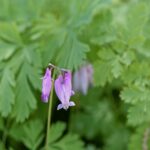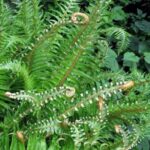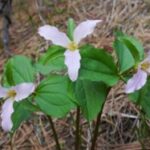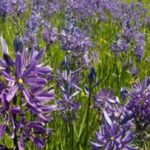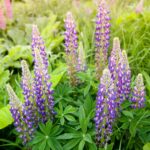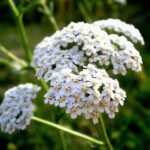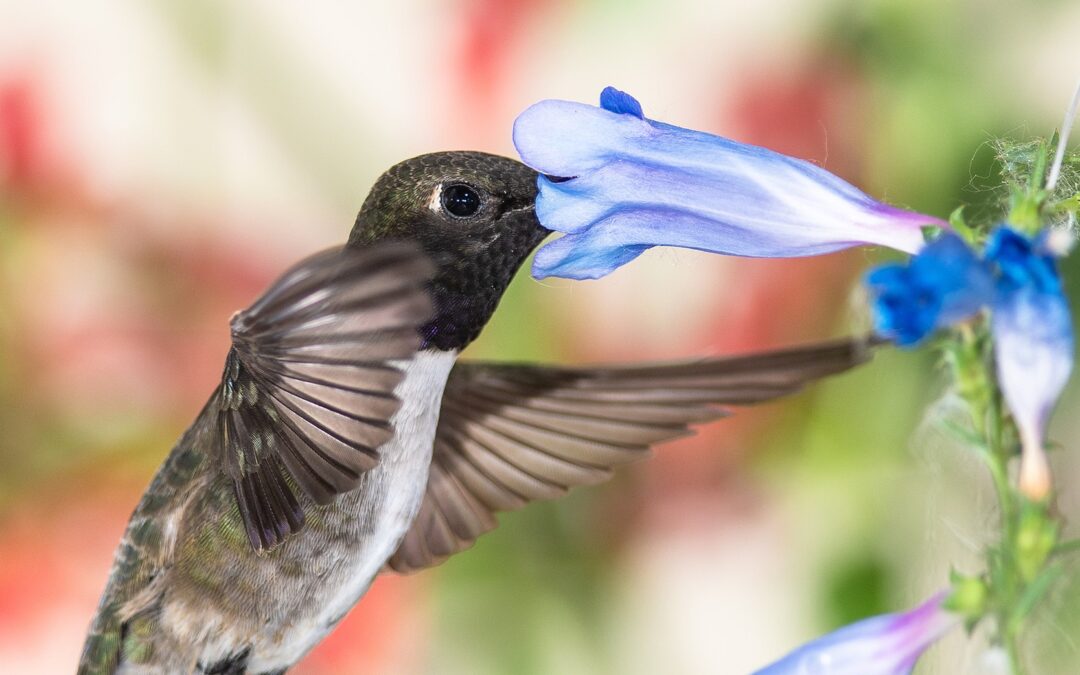
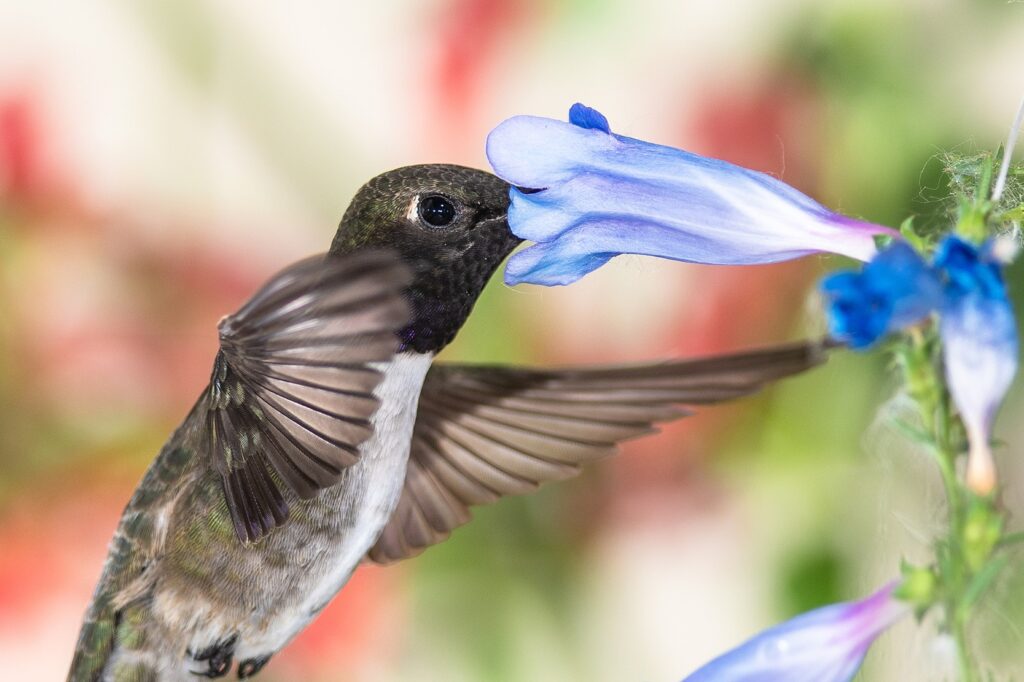
If you love attracting hummingbirds to your garden, why not consider creating a garden for them? Hummingbirds are amazing to watch and fun to attract to your outdoor space.
There are a few key elements to keep in mind when attracting these winged beauties to your landscape.
Eliminate Pesticides and Add Favorite Plants
To make your yard safe and inviting to these charming birds, eliminate pesticides and add native and hummingbird-friendly plants and insect-pollinated flowers. Our winged friends can eat insects in midair, so a pesticide-free and healthy garden is essential.
Hummingbirds prefer to nest near a ready supply of nectar and other food. You can encourage them to nest in your yard by maintaining shrubs and small deciduous trees for a protected place to rest and obtain cover.
The best way to create a hummingbird garden is to provide a wide variety of plants that produce nectar-rich flowers that are bright in color and tubular in shape. This is the fun part of the hummingbird garden!
Hummingbirds are attracted to bright red and orange flowers but will visit flowers in other hues after they find out about your garden. The following are a few plants that hummingbirds like.
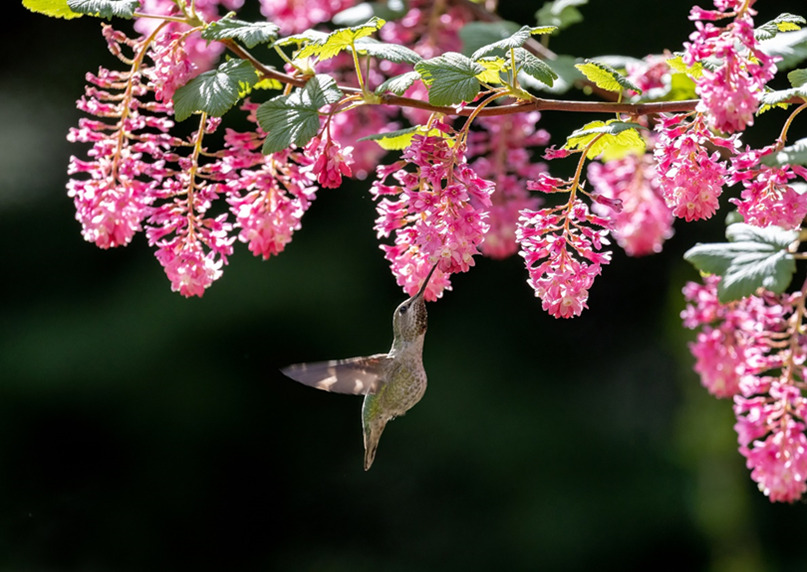
- Columbine
- Lupine
- Phlox
- Red Hot Poker
- Honeysuckle
- Salvia
- Flowering Currant
- Crocosmia
- Petunia
- Monarda
- Abutilons
- Penstemons
- Fuchsia
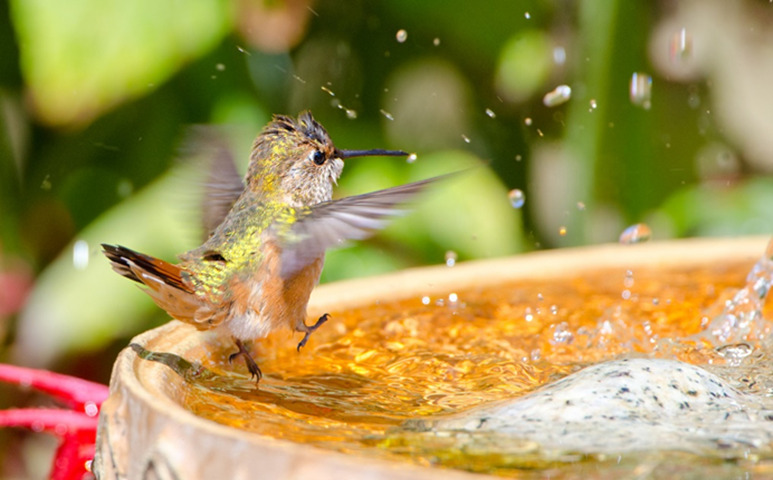
Water for Hummingbirds
Along with a nectar source, hummingbirds also like a supply of water. Their baths can be brightly colored and shallow, featuring a mister, dripper, or even a fountain.
Traditional bird baths tend to be too large for their tiny bodies. As a result, you’ll want to choose shallower bird baths when trying to attract hummingbirds to your garden. If you’d like to use a regular bird bath, you can add gravel or rocks to the bottom of the bird bath to create a shallow area.
When adding a mister, whether connected to your bird bath or not, try to position it next to a plant with leaves. Hummingbirds will rub their bodies against wet leaves to bathe.
Native plants are always a great addition to the landscape. They require less water and create shelter and food for wildlife while looking good at the same time.
Gardening with native plants can create a healthier and more beneficial environment for everyone.
Landscaping choices affect the populations of birds and the insects they need to survive. If your garden has no native plants, it becomes an ecological desert for pollinating insects that are essential to our survival.
Native plants are adapted to our environment, so keeping them alive year-round may not be as difficult in the long term as more cultivated plants.
Here are some of the top native plant picks for our area:
Pacific Bleeding Heart (Dicentra formosa)
Pacific bleeding heart, of course, has pink heart-shaped blooms. This native plant grows easily. Hummingbirds are attracted to the flowers. The leaves emerge from the ground from February to March, and it starts to bloom in late March. It grows up to 2 ft. It can spread and does well in moist shade.
Showy Milkweed (Asclepsias speciosa)
Showy milkweed is a unique addition to any landscape. It has round pink flowers in a ball shape that attract pollinators. Showy milkweed does best in the open sun with moist, fertile soils and low competition from taller plants.
Sword Fern (Polystichum munitum)
Sword fern has toothed leaves and brown spores underneath. It does well in the sun or shade. Most plants reach 4 – 6 ft. Fiddleheads or small fronds emerge in the spring. It is used as a ground cover and can adapt to a wide range of soils and conditions. The Sword Fern can also prevent erosion by stabilizing soils in hilly areas.
Western trillium (Trillium ovatum)
This spring perennial flower grows to about 1- 1.5 ft. It can grow in partial shade to full sun and tolerates wet soil. The flowers go from white to pink as they fade. Wildlife enjoys eating the seeds.
Common Camas (Camassia quamash)
Camas is a well-known native flower that attracts pollinators like butterflies and hummingbirds in the spring. The bulbs are planted in the fall. Camas is drought tolerant and does best in full sun. These beautiful plants grow 8 to 28 inches tall and 6 inches wide.
Broadleaf Lupine (Lupinus latifolius)
This top-notch, drought-tolerant evergreen perennial has blue-violet flowers in spring. Lupines are perfect for the back edge of a bed. These plants can grow between 2 – 3 feet tall and up to 3 feet wide. Lupines grow best in full sun and well-drained soil.
Yarrow (Achillea millefolium)
Yarrow is a low-maintenance native herb that benefits the ecosystem. It has small, flat-topped heads of flowers at the tops of the stems that attract native bees and other pollinators. Yarrow is drought tolerant and likes the full sun. They are also great as a cut flower. These plants grow up to 3 feet wide and 2 feet across.
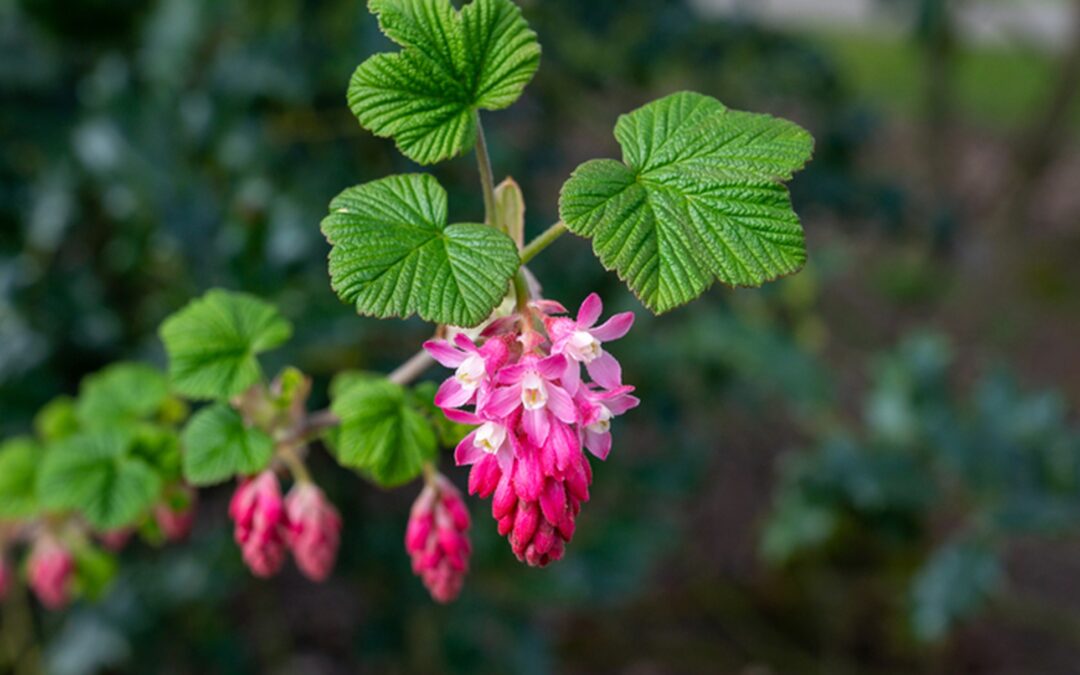
If you are looking for a way to use fewer pesticides, less water, and create shelter and food for wildlife, then native shrubs may be a great addition to your garden.
Some Benefits of Native Shrubs
- Native shrubs are adapted to our environment. This means keeping them alive year-round may not be as difficult in the long term as more cultivated plants.
- They don’t require as much water and can also reduce rainwater runoff and even erosion in the landscape.
- They provide nectar, pollen, and seeds that serve as food for pollinators and other animals.
- They conserve water because they are adapted to our area.
- They do not require fertilizers and require fewer pesticides than lawns.
- Native plants do not require mowing. Excessive carbon is created by lawnmowers and other gas-powered equipment and can contribute to global warming. These plants actually remove carbon from the air.
- Native plants provide shelter and food for wildlife.
Some Top Native Shrubs for the Pacific Northwest:

Red-flowering Currant (Ribes sanguineum)
This shrub really brightens up your garden in early spring. It is a favorite of hummingbirds. Other birds also enjoy the berries, but they are non-edible to humans. Red-flowering Currant grows upright to between 3 – 9 ft. tall.
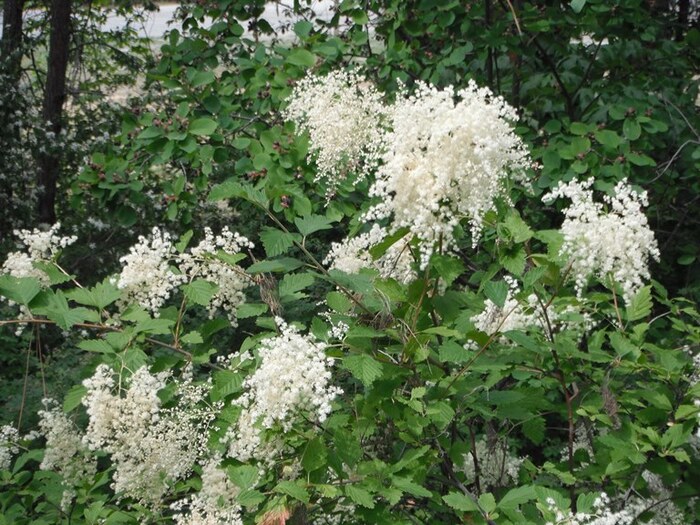
Oceanspray (Holodiscus discolor)
Oceanspray has cascading, creamy-white flower clusters and an arching habit. It is also known as Ironwood due to the strength of its wood. It can range from 2- 20 ft. tall. Oceanspray is drought tolerant and likes the sun. It blooms in June and July.
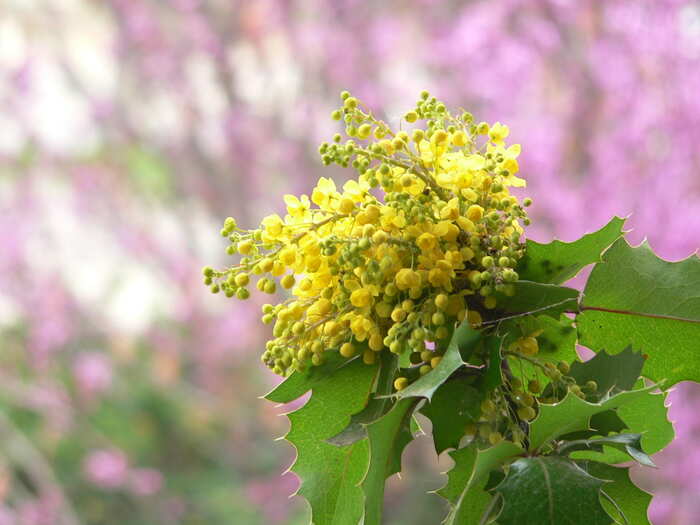
Tall Oregon Grape (Berberis aquifolium)
Oregon Grape, the state flower of Oregon, has attractive foliage, yellow flowers, and blue “grapes.” It can be used as a hedge plant and is evergreen. Oregon Grape can get up to 6 ft. tall and 3 ft. wide.
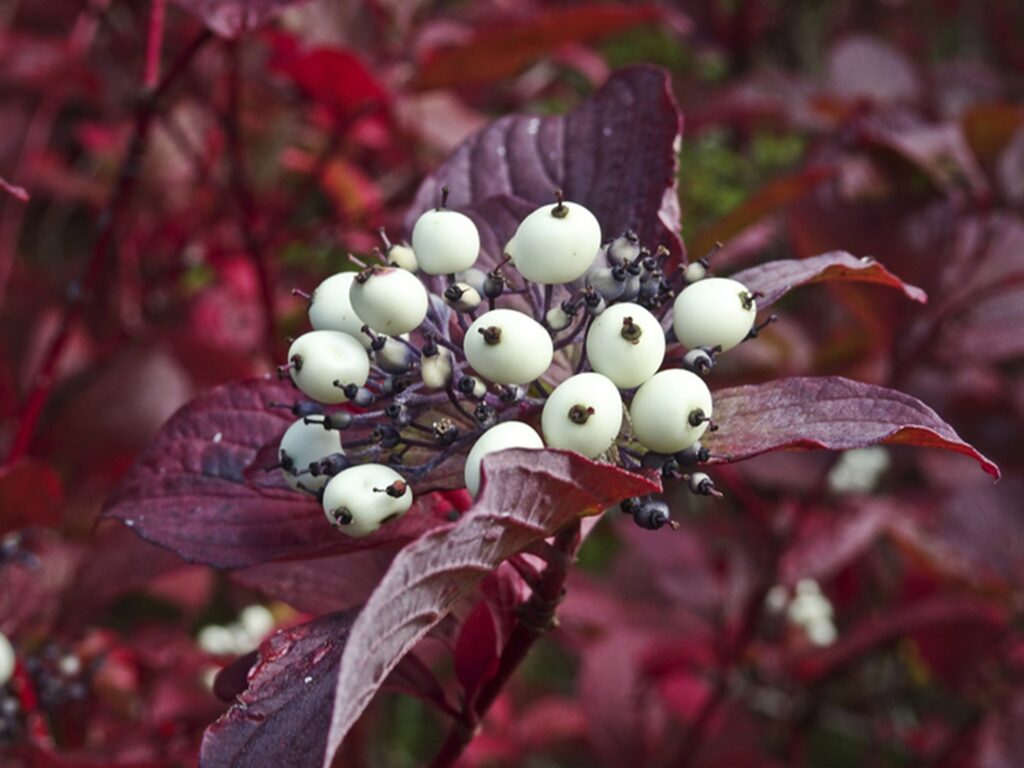
Red-osier Dogwood (Cornus sericea or Cornus stolonifera)
This fast-growing shrub has year-round interest. Its red twigs are pretty, followed by leaves of reddish burgundy. The white flowers are sometimes present with the white berries. Birds are attracted to Red-osier Dogwood. It likes fairly wet soil and can grow in full sun from 3 – 18 ft. tall.
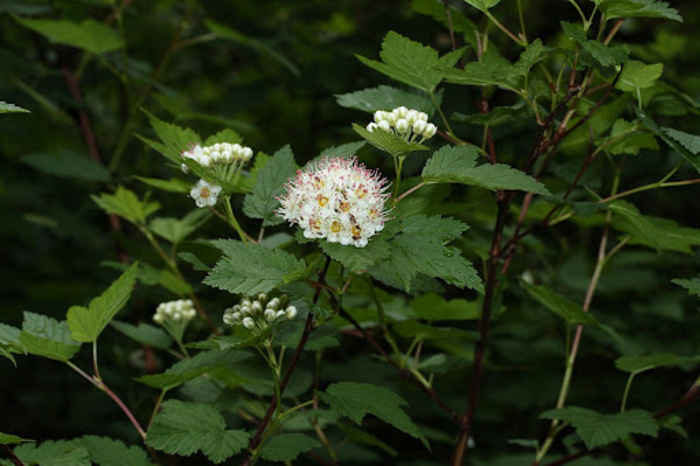
Pacific Ninebark (Physocarpus capitatus)
This native shrub has year-round interest. Pacific Ninebark has glossy leaves and puffy white flowers that turn red in the fall and then to yellow seeds. The leaves turn reddish-brown. In the winter, the branches have peeling reddish-colored bark. This shrub can be planted in the sun or shade. It grows 10-15 ft. tall and is attractive to butterflies.
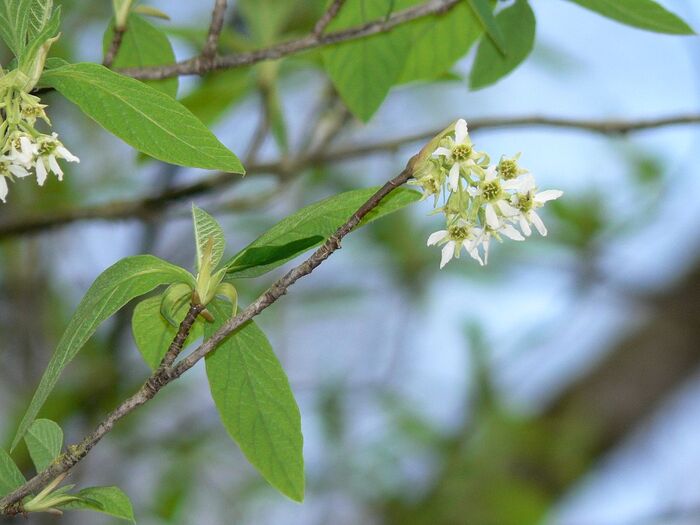
Indian Plum (Oemleria cerasiformis)
The Indian Plum is attractive to birds such as cedar waxwings and is also eaten by mammals. It grows as a multi-stemmed shrub to between 5 – 20 ft. tall. You need male and female plants for fruit. The bittersweet small fruit ripens in the fall and can provide winter feed for birds and other wildlife. It is one of the first shrubs to flower in the spring (February). It attracts bees and flies as pollinators.
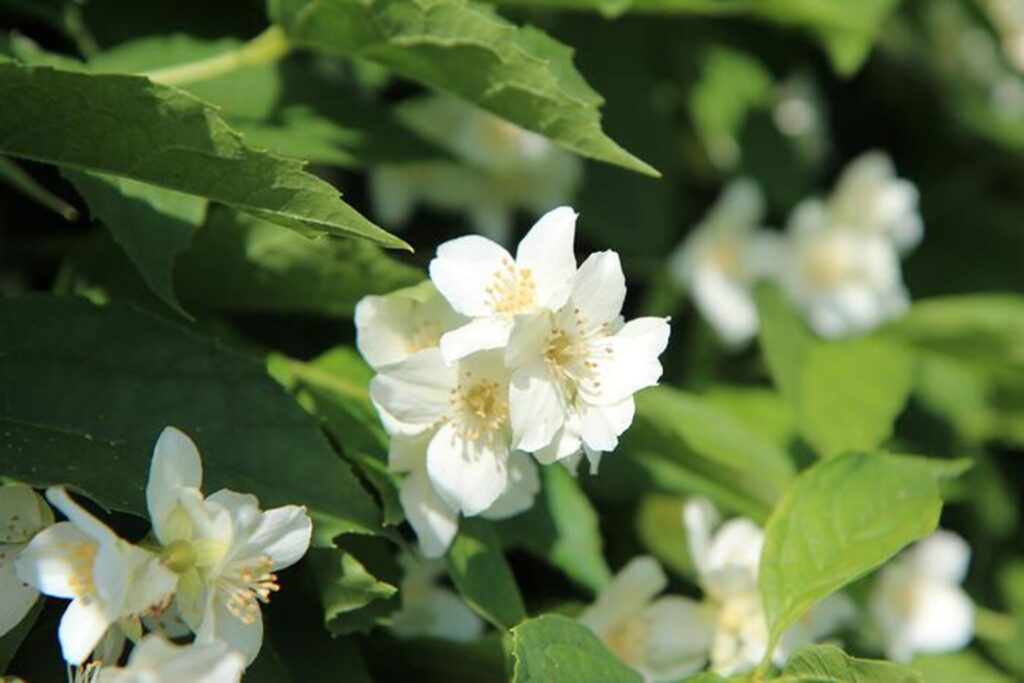
Mock Orange (Philadelphus lewisii)
Mock Orange has white fragrant flowers in the summer. A hardy shrub, it can be planted in full sun or part shade. Birds are attracted to this shrub, which can also be used as a hedge plant. The flowers attract moths and other pollinators. It grows from 6- 15 ft. tall.
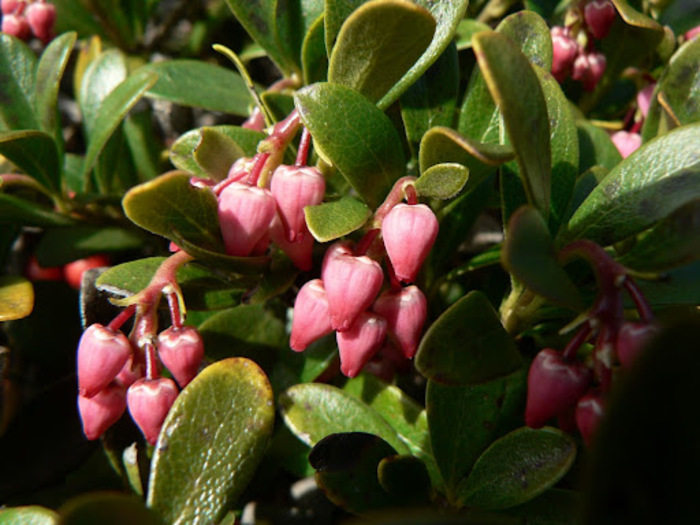
Kinnikinnick (Arctostaphylos uva-ursi)
This native evergreen shrub not only has a fun name but is also attractive to birds and insects. Kinnikinnick is low maintenance and has pink hanging bell-shaped flowers that bloom in the spring. The red berries appear from July and last through winter. This plant prefers sun and well-drained soil but can also tolerate some shade and soil variation. Kinnikinnick is used as a groundcover and grows up to 3 ft. wide.
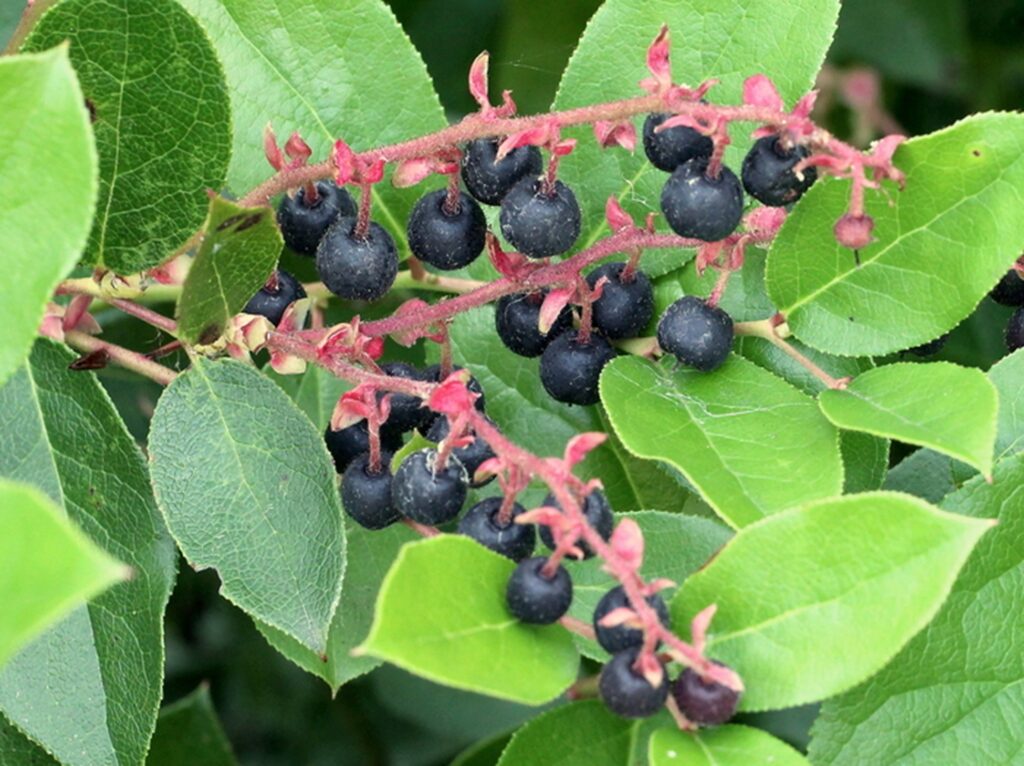
Salal (Gaultheria shallon)
Salal is also known as Oregon wintergreen and is an evergreen native shrub. Salal can grow to over 6 ft tall in the shade and 3 ft. in the sun. It has urn-shaped flowers that are white to pink in color and bloom in April and May. The edible (but mealy), dark-purple berries ripen from July to September. As a common forest understory shrub deer and elk eat the leaves mostly in winter. The berries are eaten by birds and squirrels and the flowers attract hummingbirds.
At Frontier Landscaping we can help you design and install a native plant garden or incorporate more native plants into your existing landscape. Give us a call for a free consultation at (360) 574-8979.

Rain gardens are growing in popularity as drainage solutions for environmentally-conscious property owners. These carefully-designed landscapes add more than beauty to their surroundings. They are proven to have a significant impact in reducing the flow of contaminated water from urban areas to wetlands, streams, lakes, and other natural waterways.
Installing a rain garden is a powerful way to directly contribute a positive impact on the environment surrounding your home or business.
Why Do Rain Gardens Matter?
As communities grow and develop, buildings, roads, and rooftops replace native habitats. During times of precipitation, the original flow of water through the enviroscape is disturbed. Instead of being naturally filtered through pre-existing forests and soil, stormwater now flows at a high rate over hard surfaces and carries man-made pollutants with it. Erosion and increased flooding become problematic.
Additionally, the higher flow rate of water and contaminants that result from development cause real problems for regional aquatic life and water resources. However, rain gardens offer an exciting array of solutions.
- Slow erosion and alleviate flooding
- Decrease pollution and waste
- Clean runoff naturally
- Reduce the workload for wastewater facilities
- Can be created in public and private spaces of any shape and size, including businesses, residences, or public spaces
What Is A Rain Garden?
Rain gardens are bowl-shaped depressions in a landscape that collect and clean rainwater runoff from hard surfaces nearby, like driveways, roofs, parking areas, and patios.
They are designed with special soil mixes that allow speedy absorption of water — usually a combination of sand, topsoil, and compost. This amended soil filters runoff and also supports a variety of plant growth.
Note: Rain gardens are not permanent ponds. They are sized to allow temporary pooling after rain. In a well-designed garden, all water passes through very quickly, typically from one to two hours (maximum of one to two days) after a storm. This prevents stagnation and mosquitoes.
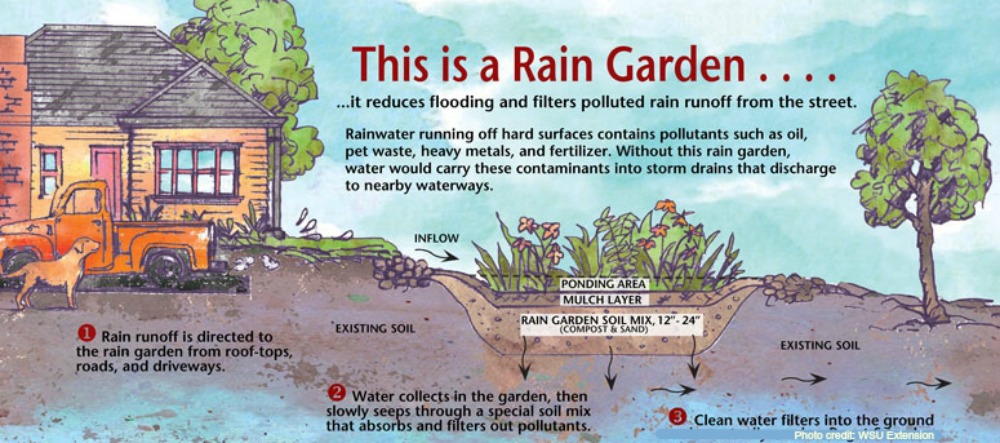
Photo: WSU Extension
There are a number of ways water can be diverted to a rain garden through a landscape. It may be that one approach works well for a back yard/patio area, but a different one is more effective for dealing with runoff issues in the front.
Design Features of a Rain Garden
Soil
Soil is where it all begins. Reworking the ground to provide the right blend of soil, sand, and compost is critical to having a healthy rain garden. Absorption, drainage, and filtration all rests on getting this foundation prepared correctly.
Plantings
There are three planting zones in a rain garden:
Zone 1 The wettest area, at the bottom of the rain garden. Important to install plants in this zone that can handle “wet feet” for several hours at a time.
Zone 2 The sloped sides of the garden, which may become wet from time to time. These plants provide stability and prevent erosion.
Zone 3 The perimeter of the rain garden, with the driest soil.
Since rain garden design is based on earth-friendly practice, using native plantings to fill out the three zones makes a lot of sense. Native plants create a nourishing habitat for local wildlife, birds, butterflies, and other important pollinators.
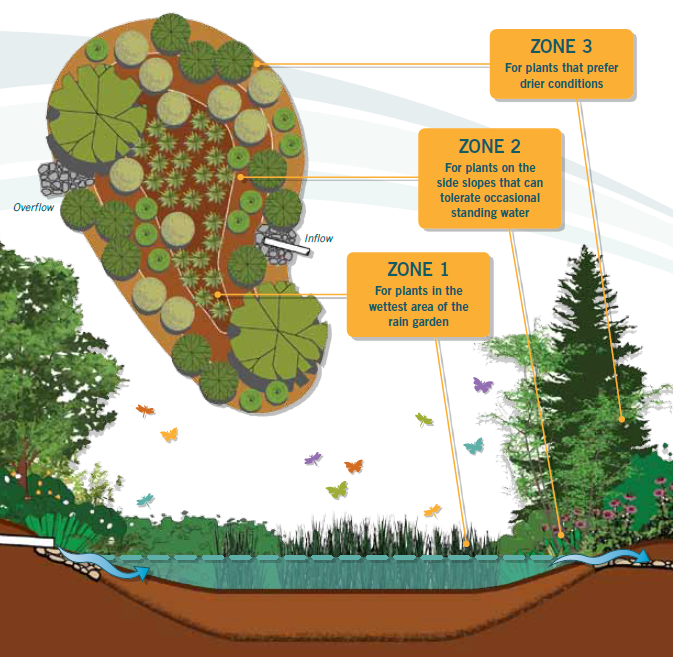
Photo: Washington State Department of Ecology
“Plants and soil work together in the rain garden. The plant roots and soil organisms build soil structure, create channels and pores to soak up and filter water, and improve nutrient and oxygen availability necessary to support an abundance of life. While plants help the rain garden absorb stormwater, they also create an attractive landscape for your yard and neighborhood.” — WSU Extension, Rain Garden Handbook for Western WA
How to Know If A Rain Garden Is Right For You
A rain garden may be a good fit for you if you answer “yes” to the following questions:
- Do you want to improve the landscaping and appearance of your property?
- Would you like to directly reduce the amount of pollutants reaching groundwater and storm drains in your community (as well as wetlands, streams, and other natural waters)?
- Would you like to reduce flooding, prevent sewer overflows, and erosion in streams by absorbing runoff from hard surfaces?
- Is providing habitat for beneficial insects and birds important to you?
- Would you like to be responsible for recharging local groundwater by increasing the amount of water that soaks into the ground on your property?
Let’s Get To Work
Frontier Landscaping offers professional expertise and support for residential and commercial clients committed to environmentally-conscious landscaping. While the best time for testing soil drainage and groundwater levels is in late winter months, we are available to walk you through the planning process for a rain garden at any time of year:
- Site assessment & testing
- Garden location
- Soil amendment & excavation
- Planting requirements
|
- Design aesthetic
- Maintenance goals
- Compliance with city/county regulations
- Long-term success
|
Call (360) 574-8979 or contact us to get started on your path to a cleaner, greener future.
Additional Reading: Washington State Extension Rain Garden Guide
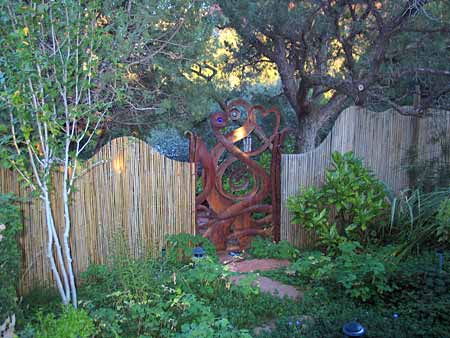
Did you know that interacting with nature provides healing benefits to your body and mind? It’s true. Research has shown that within minutes of moving outside, positive changes occur in the body, such as lower blood pressure, decreased heart rate, reduced stress, and improved mood.
A recent community project at Legacy Salmon Creek Medical Center has inspired us to revisit the specific elements that can bring a sense of rest and healing to a home landscape. Having a place to unwind, relax, and recharge is a gift, especially if you live a busy life on the go.
The Sanctuary Garden, by Christopher and Tricia McDowell, highlights seven design elements of a peaceful space. Whether it’s for just one corner in the yard or a whole property transformation, using these strategies makes it easy to refresh yourself with restful time outdoors.
Enhance Your Garden Entrance
Use a naturally-styled pathway, hedge, steps, or fence to make entering the sanctuary feel special. This boundary can be soft or firm, depending on the level of privacy desired.

Use Soothing Waters
A water feature doesn’t have to be elaborate to evoke a relaxing feel. Even a simple rock bubbler provides pleasing sounds and visual appeal. For larger spaces, a pond or waterfall puts nature’s beauty just steps away from your door.
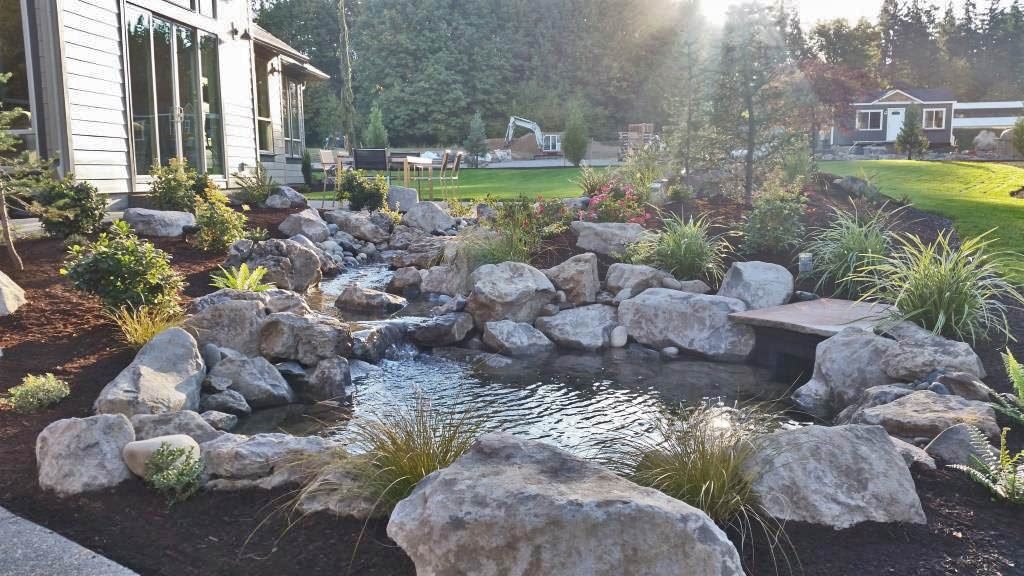
Color Creatively
Will you be spending time in your sanctuary in the early mornings or evenings? Use low-wattage or LED lighting to set off plants and decorative features to their best advantage when natural light is low. Create beautiful shadows and draw attention to subtle colors and textures of your flowers and plants with discreetly placed lights.

Provide a Resting Place
Whether it’s a single bench or a suite of comfortable garden furniture, pick a spot or two that invites visitors to sit down and stay a while. Consider adding an outdoor bookshelf or blanket box to make it easy to kick back and relax.
Mimic Mother Nature
There’s no better guide to design than Mother Nature for a sanctuary garden. Use natural materials in combination: rocks and boulders, ornamental grasses, wood, shrubs, and flowers. Have a favorite hiking spot or viewpoint? Bring a few elements home with you. You might pair trees and wildflowers, boulders and water, or rocks and ferns to create the feel you love.

Add Pleasure With Garden Art
Accent the natural beauty of your space with an art piece that enhances the mood you’d like to set. Consider colorful ceramic pots, a wind-powered sculpture, or a playful statue to complement the style of your home and continue it in the sanctuary.
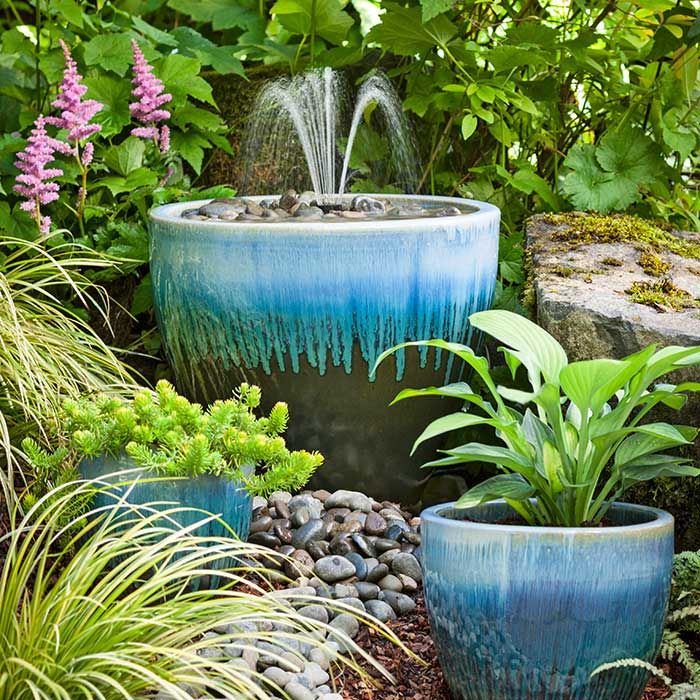
Invite Beautiful Visitors
Provide habitat and features to attract birds and butterflies. Using native plants often pays rewards here, as they are conditioned to thrive in the local environment and offer a suitable home to your neighborhood birds. Add a birdbath or feeder to encourage visits from your favorites.
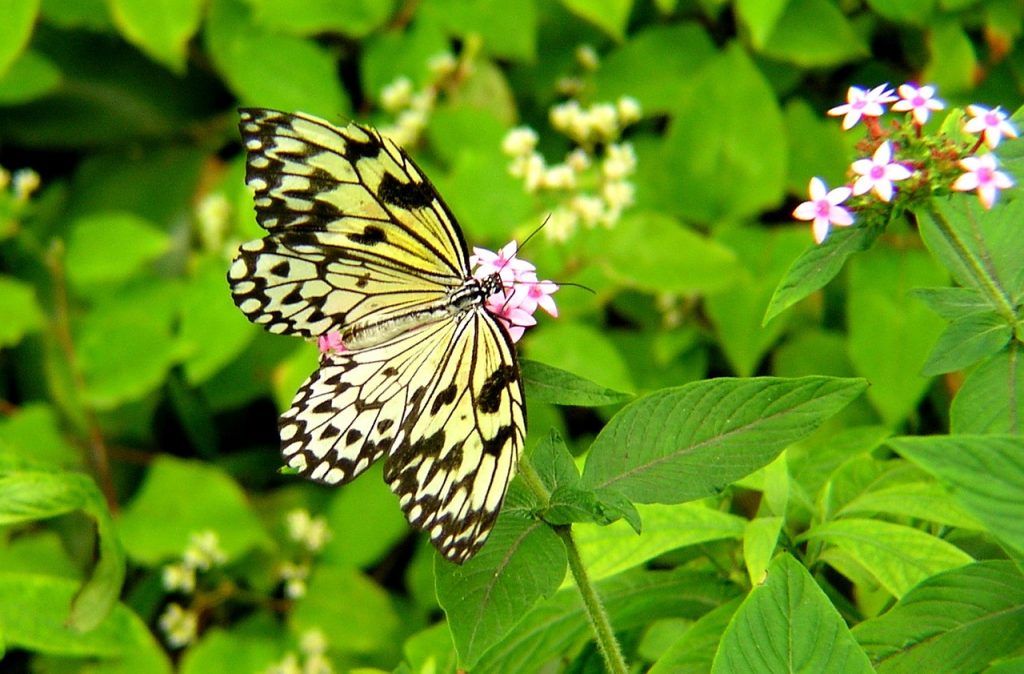
Not sure what to plant? Talk to our landscaping team. We have decades of local experience and will give you our best tips for plant materials that fit your level of interest and design aesthetic.
Following two, three, or all seven of the design principles above will bring you closer to having your own healing sanctuary. The Frontier Landscaping team would be happy to talk to you about the vision you have and how to effectively make it a reality.
“Getting away from it all” might be a lot closer than you think! Call (360) 574-8979 or send us an email to arrange a consultation today.
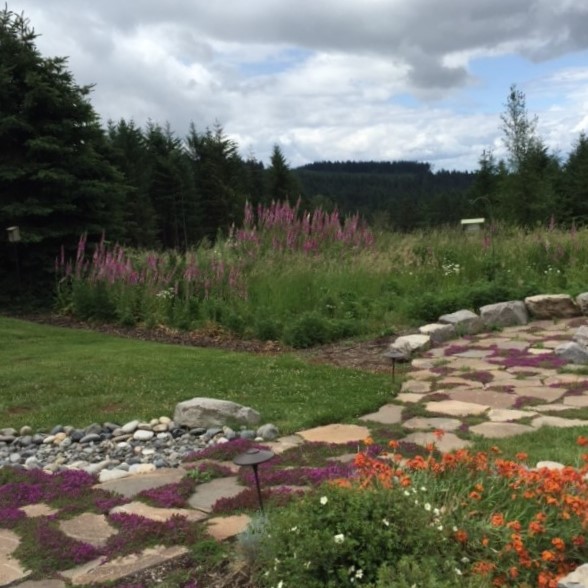
Hardscapes are composed of the non-living elements of your landscape design. These may include walkways, patios, walls, arbors, fences, lighting, and more. When a hardscape is developed to express a natural design aesthetic, it’s fun because the ‘hard’ pieces (gravel, rocks, and boulders) often play off of nature’s ‘softest’ elements: spongy ground covers, textured bark, and water.
Rocks and Boulders
Does the thought of hauling huge rocks into your yard seem a little strange? It’s not unusual for clients to give us a raised eyebrow or two when we assess their design goals and suggest bringing in boulders and rocks.

Truth be told, natural hardscape designs almost always include accent rockery. Think about the views you encounter when out on a hike. Elements are rarely standing alone: it’s a combination of rocks, grasses, trees and water that work together to create nature’s beauty.
In the installation below, a backyard water feature moved from ordinary to enchanting when we mirrored the composition of Mother Nature.
Fir trees cleared during the home’s construction were repurposed to create this stream, fed by a custom pond above. The strategic placement of large boulders and accent rocks brings power and definition to the piece, maximizing its beauty in the landscape.

Slate and Flagstone
Hardscapes have a few workhorse elements, and slate and flagstone are longtime favorites. These materials are available in myriad colors, shapes, textures, and sizes. While a formal look calls for a tight “jigsaw” style perfect fit of pieces, a charming transformation occurs when we stretch out to 2-4 inches of space between each.

Taking cues from English gardens, these pathways and patio have been spaced widely to allow hardy groundcover to grow in around each piece of stone. Irish moss, Corsican mint, and Blue Star creeper all shine when put to use in this way.
If you’re considering a naturalized area for seating or dining, keep in mind that flagstone is more textured and makes for a bumpier surface for your tables and chairs. Larger pieces with wider bases will allow you to sit more comfortably.
Paver-style stones can offer natural texture in conveniently standardized sizing, typically 18×18 or 24×24 inches. Considerations for slope, drainage, and planned use in your landscape will all play a part in determining which material is best for your project.
Get Your Look
After nearly three decades of residential and commercial installations, we’re still energized by the process of finding the “just right” balance of hardscaping and plantings for our clients. Are you ready to trade a monotone view for natural beauty around your home or business?
Call (360) 574-8979 or send us an email to arrange a consultation today.
Further Reading on Hardscapes: 






